Jurassic World: Fallen Kingdom Case Study
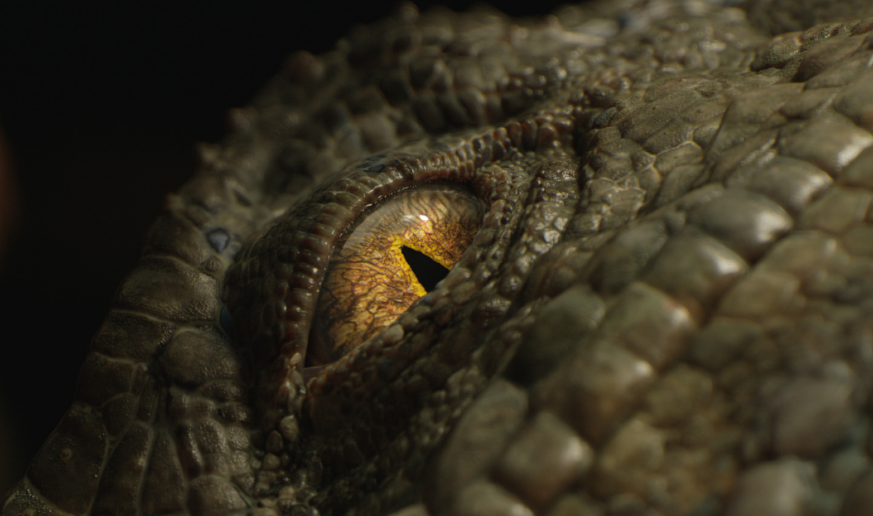
Case Study
Like the franchise’s brilliant geneticists, 2015’s Jurassic World revived a behemoth of the past then mutated the concept to deliver on even greater spectacle. It was a VFX-driven thrill ride that captured all the iconic magic of Steven Spielberg’s landmark 1995 film, while also seeking new ways to shock and surprise its audience within that template. What makes Jurassic World: Fallen Kingdom so spectacular is that it pulls this trick off a second time.
Image Engine stepped beyond the park gates once again, acting as VFX velociraptor-wrangler for Blue, building out key establishing shots, and delivering on a high-octane action sequence sure to keep audiences on their edge of their seats.
Read on to learn how the studio approached this even larger and more ambitious take on Jurassic World’s perennially doomed theme park.
Reunited with Blue
Image Engine’s crowning achievement in 2015’s Jurassic World was bringing life to the film’s pack of four ferocious velociraptors. Blue – the favourite of trainer Owen Grady (Chris Pratt) – is back in Fallen Kingdom and as fierce as ever, but this time also driven by a more emotive performance.
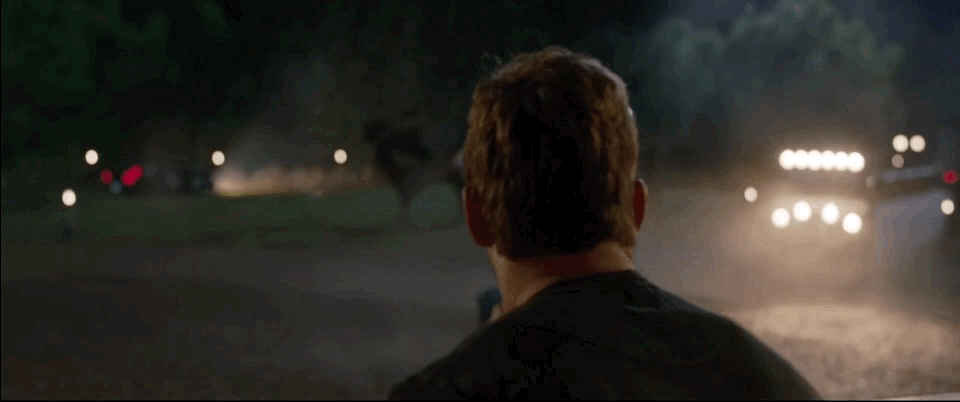
The studio’s artists and animators needed to create a creature capable of savage violence, but also capable of expressing an emotional bond with Grady – and all within a short six-week timeframe.
One sequence sees an injured Blue reunited with Grady, who carefully approaches the anxious dinosaur in an attempt to regain her trust. Grady carefully caresses his companion – an action necessitating complex interaction between CG asset and plate photography.
“We were excited to return to Blue and to further define her character,” begins Dave Morley, VFX supervisor on the project. “It felt like returning to an old friend!
“On set, the moment was filmed using a practical stand-in velociraptor head, which Pratt could physically touch,” he continues. “The physical maquette defined exactly where Chris’s hand would go, which gave us great lighting reference and provided a starting point to build out the CG head replacement and physically entrench it into the scene.
“From there, we used a mix of blend shapes and hand animation to make the ailing raptor feel like it was a biological creature of flesh and blood. We added guttural throat movements and twitches around Blue’s eye, along with a multitude of other subtle motions that imparted her feelings throughout the reunion.”
The surrounding environment also played its part in emphasising the bond between trainer and animal, with fog, mists and subtle lighting flares establishing a pensive tone.
“We performed a great deal of invisible environmental work in this area,” says CG supervisor Yuta Shimizu. “This included atmospheric FX mists, dinosaur breath, and casted shadows in the trees, achieved via a mix of volumetrics and compositing. We also added a patch of CG grass, enabling us to take greater control over the lighting around the full-CG version of Blue.”
The result is a tender, moving moment that reaffirms the duo’s connection, while also communicating expectations around Blue in the events to come. “Both the animation and the surrounding FX speak to the fact that this isn’t the feisty teenager Blue of Jurassic World, but a more mature, capable creature.”
Bringing a tear to your eye
Image Engine’s work on Blue continued into a scene where the injured velociraptor is strapped to a medical table inside a moving vehicle.
Again, CG replacements were necessary. On set, an animatronic dinosaur helped the actors lock into their performance. In post, the filmmakers wanted to bring more life and detail to Blue as she struggles and writhes on the table – details that were lacking from the on-set prosthetic.
“We handled digital replacements of the Blue animatronic in many of these shots, from full body replacement to a full CG head, all with the aim of making the practical model feel more alive,” says Morley. “In most shots, the only practical elements we were working with were the muzzle and the strap holding the raptor down.
“The matchmovers did an excellent job considering the constant movement of the truck, and our compositors did fantastic work in reconstructing shots to get everything to sit exactly where it needed to be. As with their reunion scene, we performed a lot of work to make Grady’s hand interactions with Blue feel like they had a real, physical connection.”
Image Engine worked to imbue the creature with a vitality lacking from the on-set animatronic, again adding guttural movements to the neck and reactive motions around the mouth. The main challenge lay in imbuing Blue’s eyes with a raw animality – but the team’s work needed to go beyond even that…
“With an animatronic it’s always going to be difficult to make eyes, with all their complexity and intricacy, look 100% real. We had to consider things like the nictitating membrane and how that works,” explains Morley.
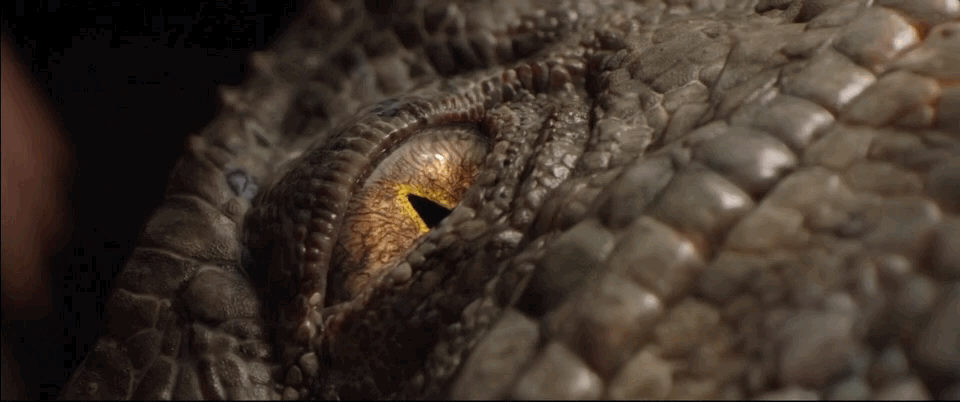
“There was an added challenge here, however, as it’s in this sequence thar Blue cries a single tear – a very human action. We had to work to make that feel realistic, not just in the emotion of it but also in the physicality. The tear line had to feel wet and alive and the membrane needed to feel meaty as it interacted with the torchlight. It’s super-subtle work, but it makes the difference.”
Isla Nublar emerges
Image Engine didn’t just establish a new personality for Blue, but also set the stage for Fallen Kingdom’s events on a broader scale. For one sequence, the team created footage for a BBC World News report, detailing the catastrophic volcanic eruption taking place on Isla Nublar; home to the abandoned park.
The studio created a number of shots for the report, from adding flying pteranodon dinosaurs to plate footage of an earlier Jurassic World attack to handling sign replacements in clips of a pro-dino protest occurring in Washington D.C. The core task, however, required a full recreation of Isla Nublar itself: a panning aerial shot from above the clouds, taking in the green island, blue waters, and pillar of ash pluming from the active volcano.
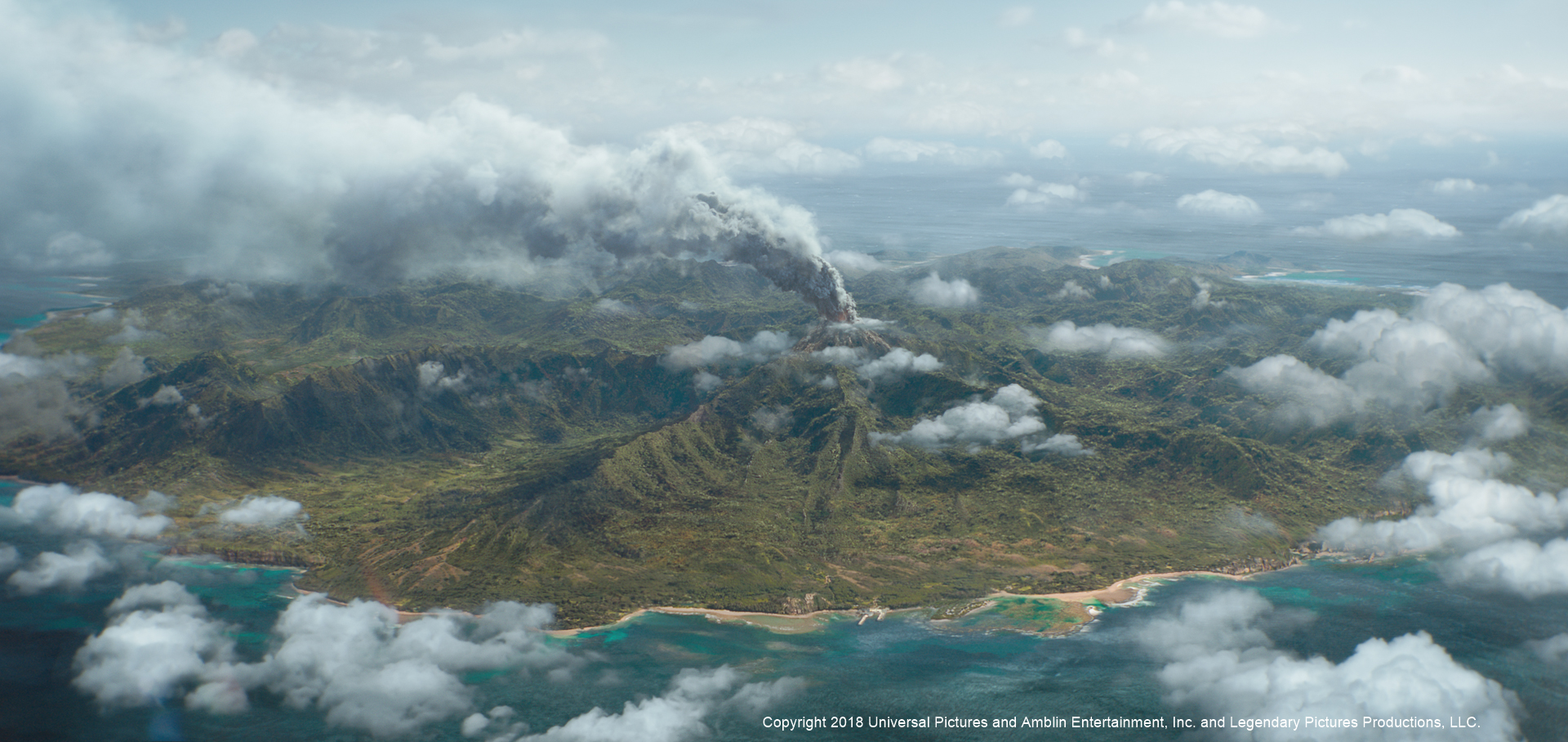

“The island creation comprised a mix of full CG and procedural-based textures,” says Morley. “We completed a pass of CG trees and a digital matte painting projection pass, which was then combined with CG volumetric clouds created in Side FX Houdini.”
Houdini was also used to create the dense column of smoke rising from the island’s centre. A dozen different simulations were created and combined, resulting in the grey mass of billowing smog. “That made for a lot of data – around 10 terabytes just for the volcano!” says lead effects technical director Heribert Raab.
Nevertheless, the flexibility it afforded was vital. “Using those varied simulations we could add softer, fluffier variants of ash alongside the much heavier pyroclastic smoke,” says Raab. “It gave the plume a much more natural look than we could have achieved with a single simulation.”
Erupting into action
Next, Image Engine needed to swoop down into the island itself to conjure the on-the-ground consequences of this eruption. The team was responsible for half of Fallen Kingdom’s most dynamic set-piece: Grady and Claire Dearing’s (Bryce Dallas Howard) waterfront escape; one aggressively punctuated by plummeting meteorites of molten rock.
Image Engine worked closely alongside Industrial Light & Magic throughout the scene: while the latter handled any shots looking back towards the volcano, Image Engine handled all shots facing out to the sea.
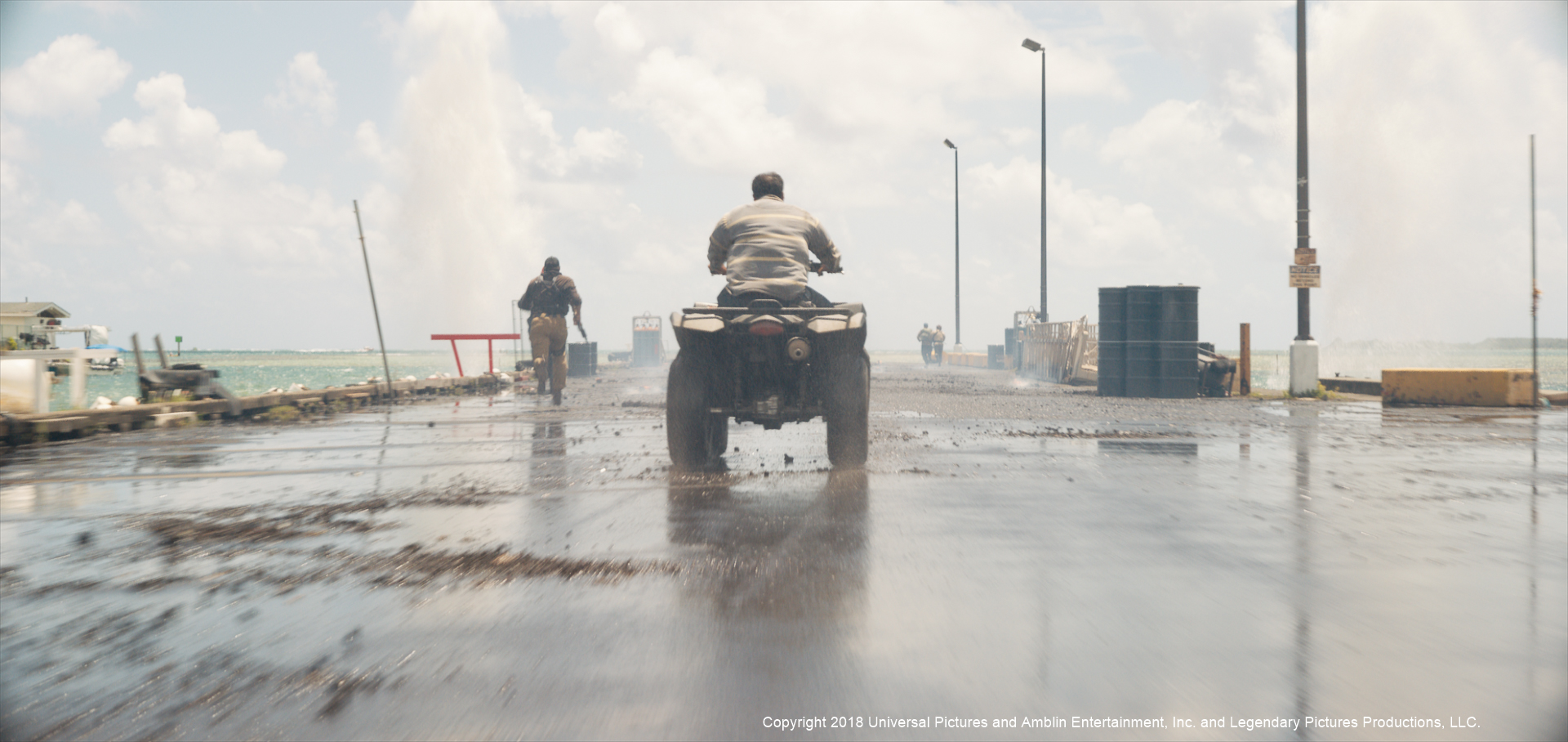
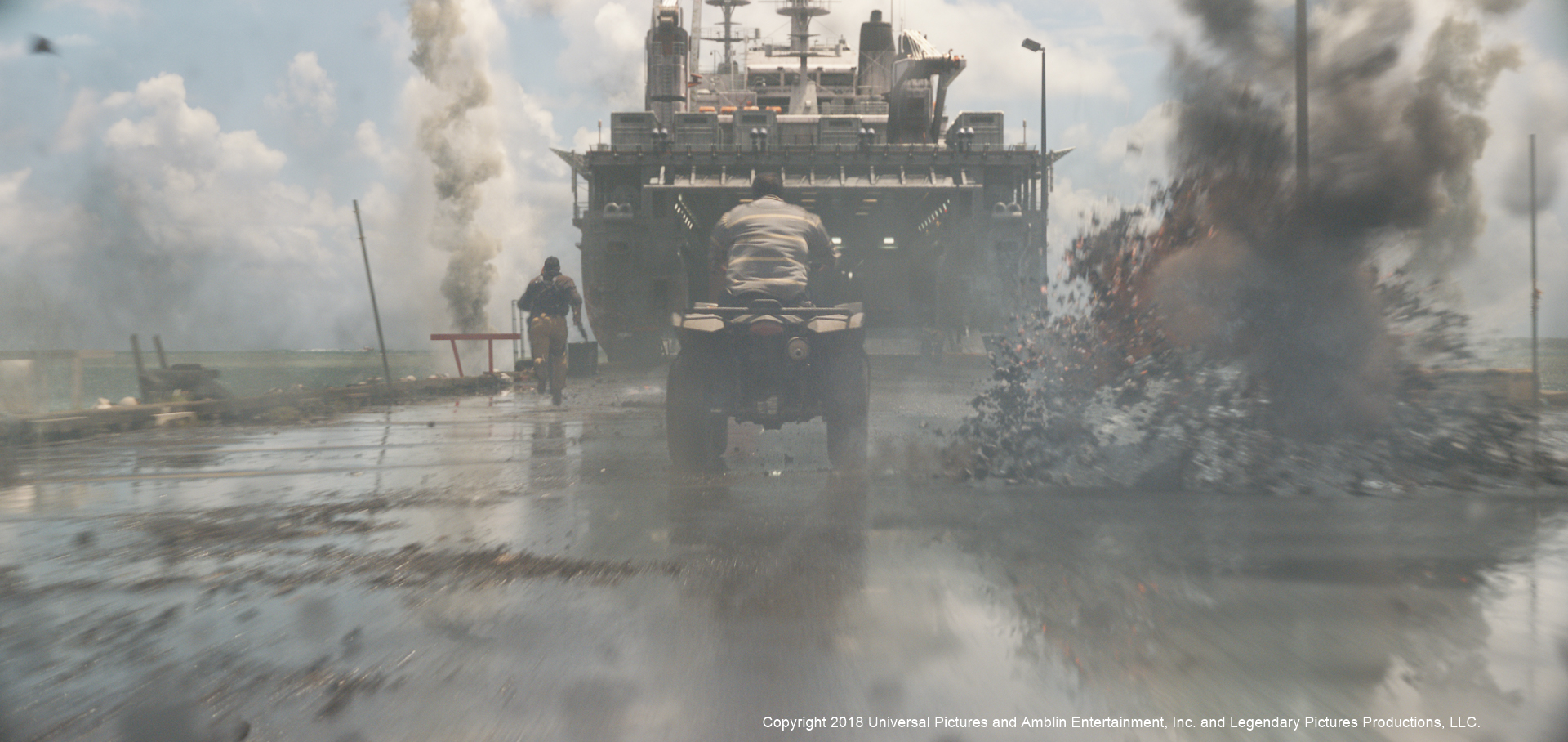
The flaming lava bombs comprised a large bulk of Image Engine’s work, which rain down on Grady and crew as they sprint down the dock to catch a departing boat. “They were certainly fun shots to work on,” says Jan Dubberke, compositing supervisor. “Every single impact was a separate render that consisted of a huge amount of work, from the large asphalt craters that are formed to the big ash blast, the rock debris, the dust plumes, the trails from the lava bombs, and the big molten rock itself.
“Beyond that we needed to create reflections of these streaking comets in the sheets of water across the dock,” he continues. “We occluded the existing reflections and added the new reflections on top. We also embellished shots where the water on set had dried up on set over the course of the shoot, adding that back in where necessary for continuity.”
Debris, mud, and smoke were added to amp up the atmosphere. “We had to think about things like water splashes, with lava bombs slamming into the water, while also considering the continuity of the smoke and other FX between shots,” says Morley. “It was intricate work.”
Don’t miss the boat
Also included in Image Engine’s shots was the Arcadia – the huge battleship tasked with transporting endangered dinos off the island. The CG ship asset, which was provided by ILM, was given extra detail by Image Engine, who built out a CG interior for shots that saw trucks and other vehicles entering the loading bay.
“The production also wanted the Arcadia to feel weathered and old, whereas the asset was clean when it came to us,” explains Morley. “We added procedural dirt, weathering, and a lot of water smears, rust and other damage to give a sense of age.”
When the truck containing Grady and Dearing only just makes the leap for the departing Arcadia, audiences see one shot of the wheels spinning hopefully through churning water on the outer extremity of the loading ramp. “When we received the plates for this shot, the water – which was shot against a greenscreen – was far too clean and placid,” remembers Raab. “We added simulated digital water FX to create the sensation of rushing, heaving water.
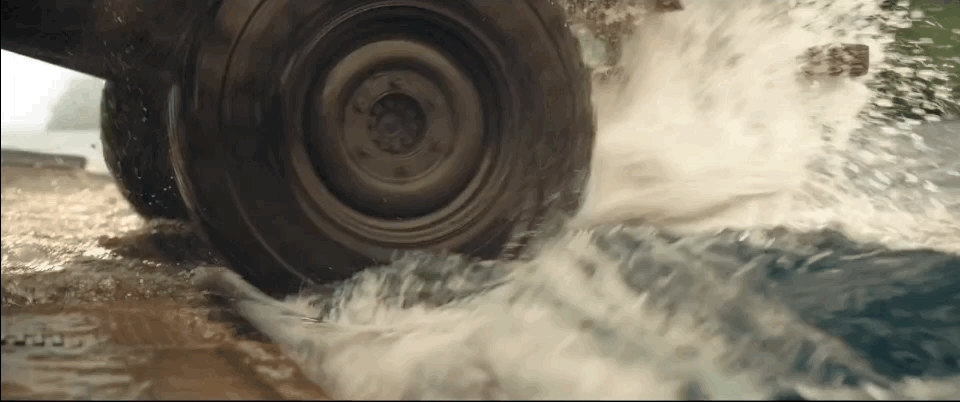
“The amount of detail we had to complete across this entire sequence was challenging, but we were extremely pleased with the results,” continues Raab. “It definitely stands out as one of Fallen Kingdom’s highlights.”
The visual effects industry’s DNA
Image Engine was thrilled to return to Isla Nublar and its inhabitants, relishing in the opportunity to further explore the wild-yet-restrained nature of dino-hero Blue, while also lending FX to the film’s natural, less-tamed environments.
“Image Engine came onto this project at the tail end, but given our work on the original Jurassic World we were fully confident that we could deliver great effects, even when working with the complexity of creature animation,” says Shawn Walsh, visual effects executive producer and general manager at Image Engine. “Thanks to our previous work on the series and our robust feature-film pipeline, we could drive right into Blue and deliver not just a creature, but a character with whom the audience could truly connect.”
Fallen Kingdom also presented a second opportunity to achieve on a childhood dream. “It was amazing enough to work on Jurassic World. To be invited back to deliver high-quality visual effects for the sequel is something else,” says Morley. “The Jurassic Park franchise is part of the visual effects industry’s DNA. It’s an honour to be asked to work on a project with such pedigree.”

